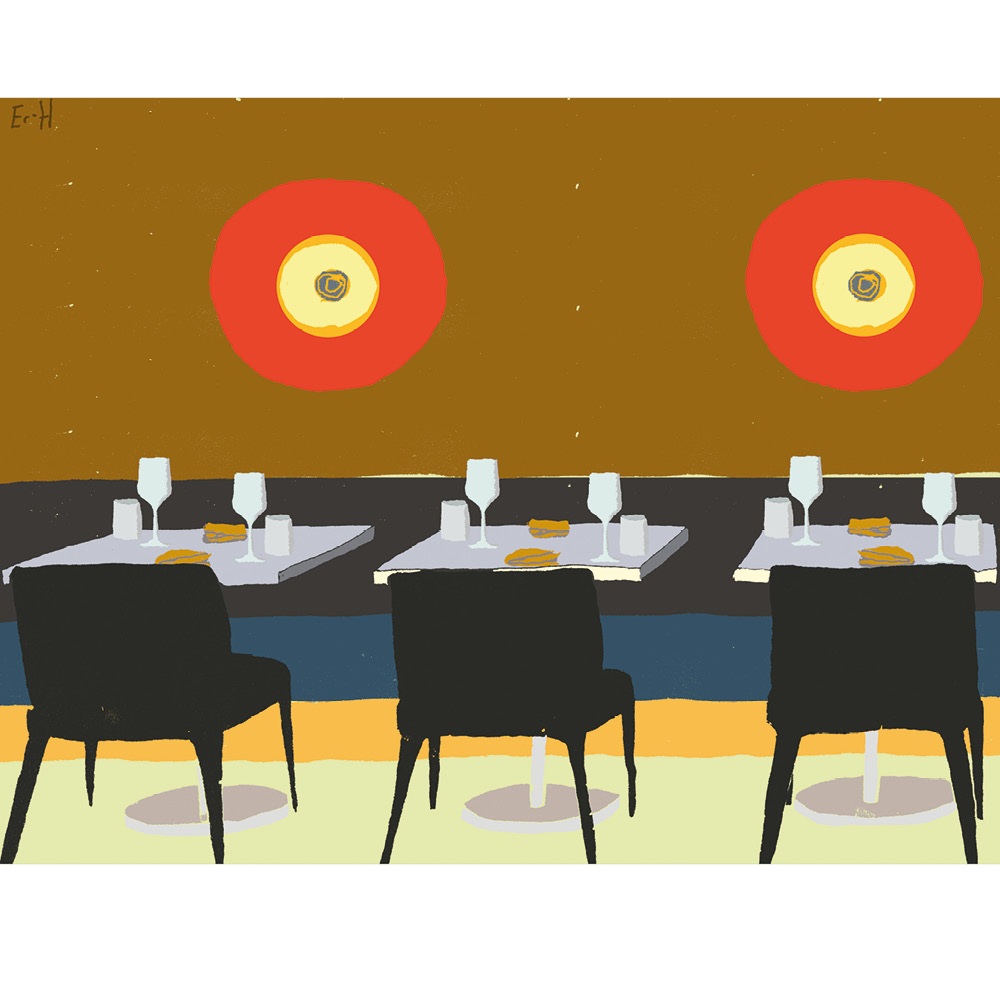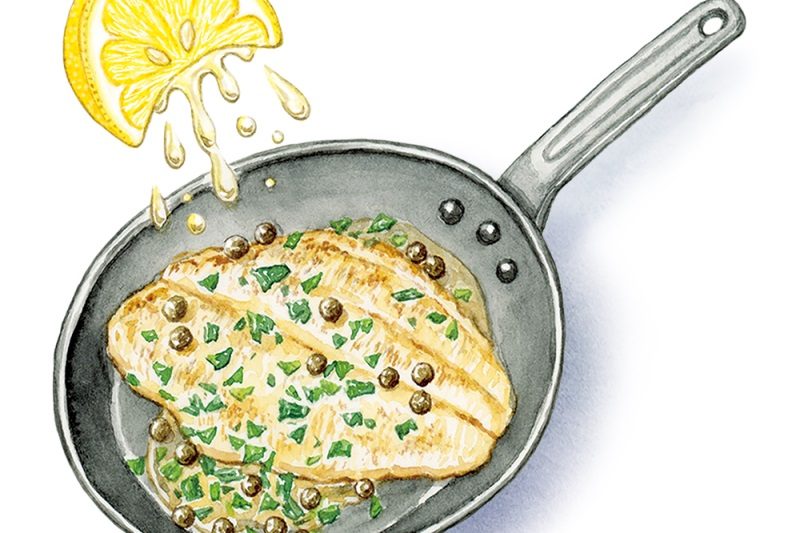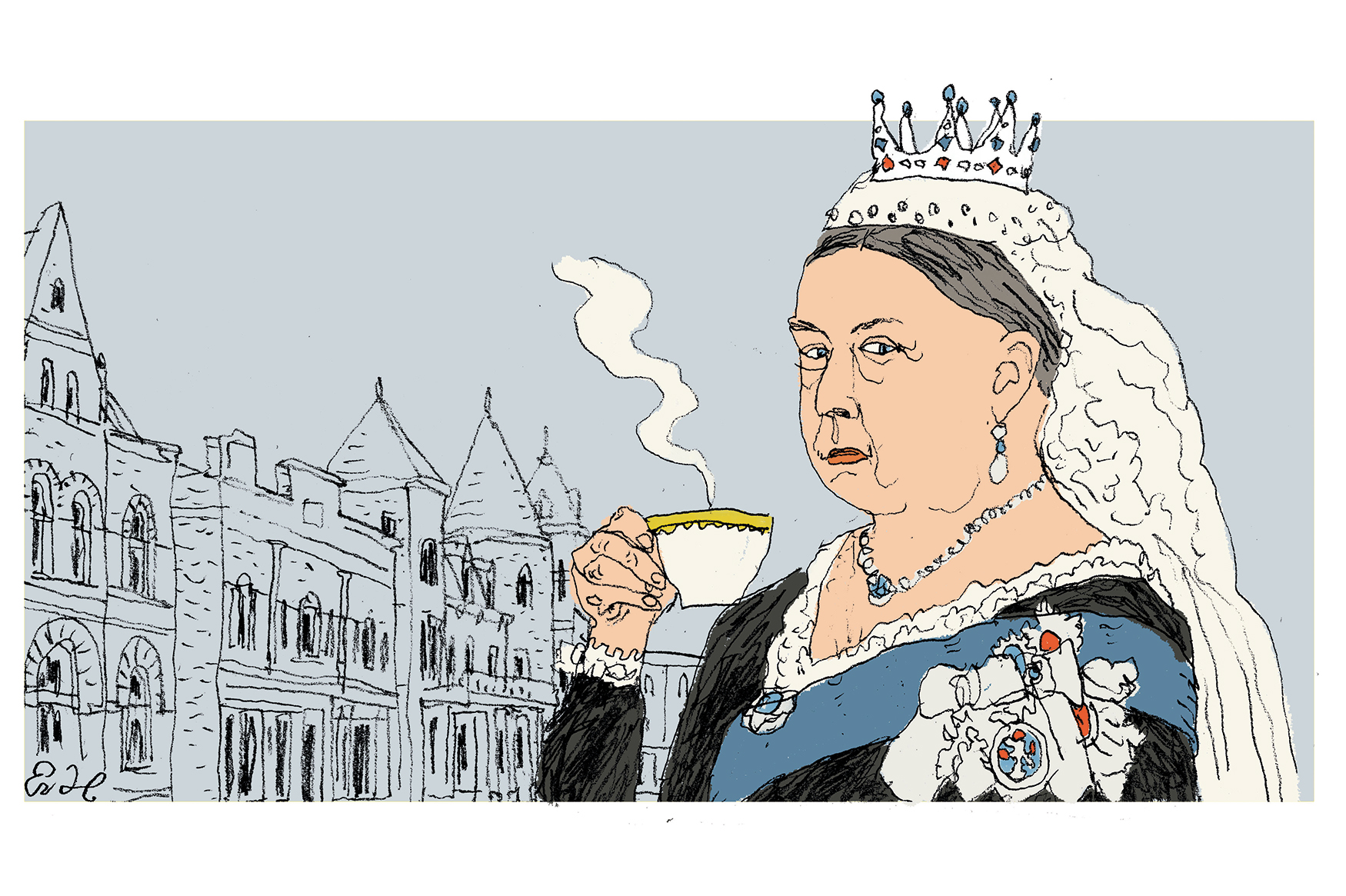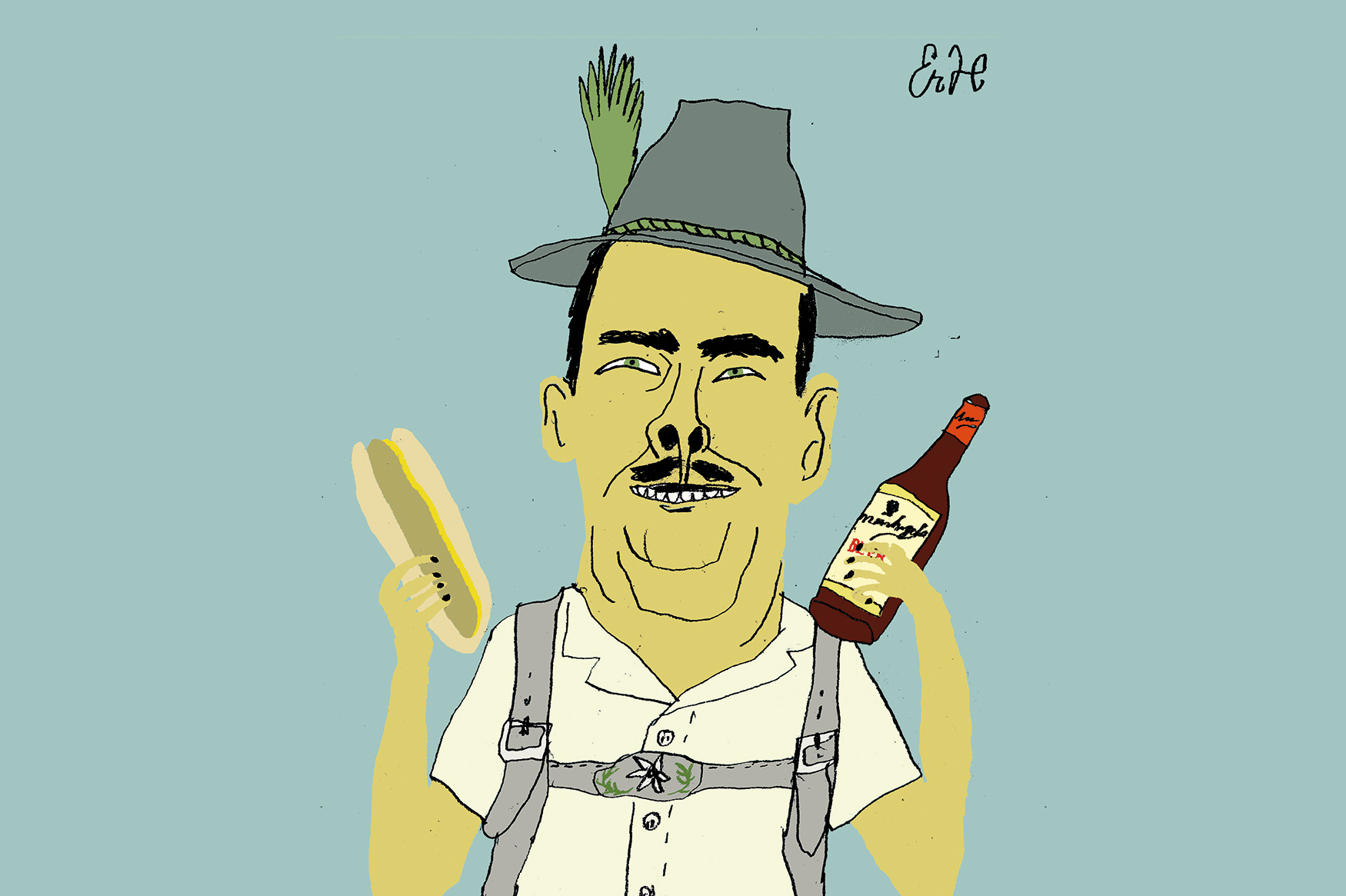For first-time restaurateur Bolun Yao, New York is a city to experiment in: “I feel like New York is the city that is always exploring new things. If you have a new idea, you put it here.”
The Chinese-born entrepreneur — who has also spent significant time in New Zealand — came to NYU to complete a master’s degree in food studies. He quickly fell in love with the fine-dining Korean scene, including the two-Michelin-starred Atomix and COTE, America’s only Michelin-starred Korean steakhouse. Both merge contemporary and traditional techniques and ingredients.
“Wow, that’s really, really smart and really creative,” the twenty-eight-year-old recalls thinking. “Why is there not a Chinese restaurant that does the same thing?”
In 2022 Yao answered his own question by opening the fine-dining Yingtao in Hell’s Kitchen, New York. The restaurant is named after his grandmother, a Chinese opera makeup artist who partly raised him (yingtao also means “cherry”). Yao’s grandmother was an accomplished home cook, drawing on Western Xi’an — think earthy noodles and spicy lamb — and Shanghainese cuisine, which sprinkles in sweeter, soy sauce-laden dishes.
Yingtao is far from homestyle cooking, however. Guests walk past a small bar where a smart cocktail list is laced with Asian twists. Inside the dining room — through a corridor in which a glass shelf displays dry-aged meats and fish — interior designer Glen & Co has leaned heavily into nightclub chic with glossy black walls and ceilings and red-accented lighting that glows onto an open kitchen. Hip-hop, a personal favorite of Yao’s, blares on the speakers. Even the choice of sweaty, hectic Hell’s Kitchen — hardly a fine-dining stalwart — points to newness (“the restaurant scene there is really young,” says Yao).
It is the food, however, where Yao has departed most from his roots. Polish head chef Jakub Baster, formerly of Daniel, has put together a $165 tasting menu (wine pairing is an extra $85). Dishes include aged duck on toast and foie gras with Sichuan peppercorn, as well as kampachi served with prickly ash pepper, buttermilk and caviar. The dish was inspired by Sichuan boiled fish with green peppercorns, but in this case the fish is raw and infused with green peppercorn condensed oil. It’s cold, rather than hot, and delicate, rather than soothing, “but you can still taste the same flavor from the traditional Chinese dish,” insists Yao.
Yingtao is surfing on a new wave: that of elevated, experimental Chinese dining. The list includes Chef Guo’s $500-plus-per-person (yes, you read that right) tasting menu in Midtown and George Chen’s Eight Tables in San Francisco, which offers a hyperseasonal “omakase”-style menu, mixing Chinese cuisine with ingredients like foie gras and caviar.
Kenny Leung is also trying to advance Chinese cuisine. The chef, who studied in a culinary school in Canton at the age of fifteen before moving to the US in the late 1980s, launched YAO in New York’s financial district in January this year. The modern Cantonese restaurant’s $168 tasting menu is exquisite in looks as well as taste. A translucent shikoku bamboo shrimp dumpling swims delicately in a golden broth, adorned with curls of shaved black truffle; a thick, juicy grilled Angus short rib is drizzled with moreish pear and oyster sauce.
Unlike Yingtao, YAO harks back to more old-fashioned Chinese ideas of luxury: the reception room features a green jade fountain and crane sculptures made from copper, while Buddha statues adorn the dining room. For Leung, who also runs the homestyle Cantonese restaurant August Gatherings, YAO is a chance “to step up a little. It’s next-level Chinese cuisine.
“Each dish is there for a reason,” he explains. “So, there is sweetness, saltiness, soup and meat and vegetables. It’s a complete experience. People’s dining expectations now and ten years ago, even two years ago, are different.”
Take the abalone, a Chinese delicacy. At YAO the abalone is braised for ten days to make it as tender and juicy as possible. “That’s the traditional part,” says Leung. “The creative part is we deep fried it just like a tempura coating and then wrapped it with gold leaf, to add more texture and layers. The lower layer which holds a little of the sweet and sour sauce is made from wonton skin.” Or take the longevity noodles, which fuse East and West: the noodles themselves are Canton-style, but the wild octopus is local and slow-cooked with techniques borrowed from France, while a salted fish sauce adds some bite.
So why has it taken this long for Chinese chefs to experiment, particularly in providing smaller portions served up in tasting menus? Part of the challenge is that there are no tasting menus in traditional Chinese cuisine — most food is shared, family style, around big tables.
Stereotypes that pigeonhole Chinese food in America don’t help. “When people think of Chinese food, they think about cheap convenience takeouts. The older generation of Chinese immigrants opened restaurants to feed their family, to make their way to achieve their American dream,” explains Yao. “When they opened all the small mom and pop Chinese restaurants [they weren’t] exploring more possibilities for the cuisine. Which I totally understand and respect. But the younger generation, we can explore.”
Western diners, too, have taken time to get used to the idea of a Chinese restaurant with a hefty price tag attached or with an experimental edge. In America, the 1965 Immigration Act abolished national-origin quotas that leaned toward Europeans at the expense of Asians, leading to an influx of Chinese immigrants. Most were working class and for many the quickest way to make ends meet was to open an eatery or take-out joint, which often catered to local tastes. Unlike Japanese food — which has long been considered elegant and expensive — Chinese food was, and in many regards still is, viewed as cheap.
That is shifting, however. Chinese immigrants today, like Yao, are from wealthier backgrounds and highly educated. China itself is a super-power and the food there has been undergoing its own revolution, as the growing middle class — not to mention the mega-wealthy — want to splash cash and try new styles of eating. Yao notes that fine dining is an upticking trend in China, where many chefs who once worked in Michelin kitchens in cities like Paris or New York have returned home, importing their skills. Why not bring some of that freshness — that urge to show just how refined Chinese cooking can be — to the States?
Part of the critique leveled at chefs who try shaking it up is that their cuisine is “inauthentic.” That isn’t something that worries Yao. He believes he can import the knowledge he gleaned from his grandmother and add something new — and then some, regardless of the naysayers. It is telling that his favorite dish from childhood itself mixed West with East: Coca-Cola chicken wings.
The wings were braised in soy sauce, raw candy sugar, Chinese spices — and, of course, Coca-Cola, that resolutely American stalwart. “I’d eat all the chicken wings and then use the sauce to mix with rice and then finish it,” Yao recalls, nostalgically. He isn’t sure if the dish is rarefied enough for Yingtao or exactly how chef Baster might incorporate it into a menu that strives for more delicate flavors. But he wants to try. “We are working on it,” he says.
This article was originally published in The Spectator’s November 2024 World edition.























Leave a Reply